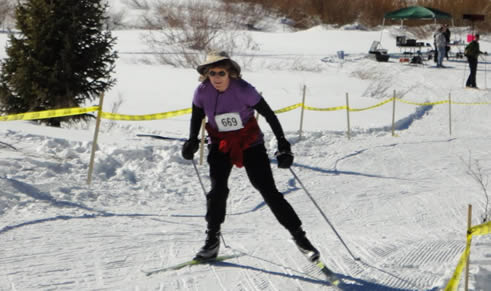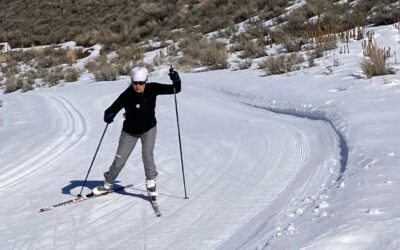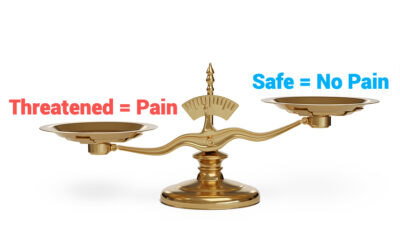Guest Column: by Lynn Bjorklund
I started Egoscue® with Jessica in 2010 when I was in a downward spiral with numerous injuries. Each year I tried harder and could do less. Most people chalk it up to just getting older and that is what is normal to expect. I didn’t want to believe that, so I spent considerable time and energy trying to understand why my body wouldn’t heal up.
I had heard of Egoscue® even before meeting Jessica and signing up as a client. I had read the book, tried the exercises and felt like I could do most of them pretty well already. So I wasn’t sure that it could really do much for me.
I started Egoscue® with the classic “no pain no gain” attitude of needing to work as hard as possible to get any better. After several months, it got frustrating. It was really tough for me to do the exercises where you just hang out in a stable, lined up position for extended periods of time. It was boring and didn’t seem hard enough to do any good. The exercises that required movement, I would force with years of practiced gusto. The thought was that if you pushed through 5 sets of 50 rather than 3 sets of 30, improvement would be even better, and never mind what set of muscles were used to get there.
I was slow to catch on to the concept of gently reshaping your posture, while training those less obvious and under used muscles. Years of patterns and habits are not easily or quickly changed. Inconsistency and forcing movements probably slowed my recovery like it did in every other thing that I have tried over the years. A predisposition to a sort of compulsive, obsessive, all out attitude towards achieving goals can be an asset if channeled properly, or it can be a means to self destruction if not.
My recovery looks a lot like a stock market profile line, but the good news is that it is slowing trending for the better. Often due to my over zealous approach to training, racing, and exercise in general, I have had some dips and back sliding in my quest for an injury free, well functioning anatomy. There is huge value in honest discussions about the how and why things are going as they are.
Having someone to bounce ideas, help plan a program of success, motivate during the set backs, channel energy to the most helpful exercises, and focus on the appropriate goals while keeping life well balanced are all valuable benefits of working with a coach/therapist. Jessica is wonderful coach. I now look back and see tremendous progress thanks to her incredible patience and perseverance with me.
Here are some key points that have changed for me while having Jessica as a coach.
I have a better attitude about pain and injuries that may come about. I used to get very frustrated and/or depressed, as though something unfair had happened and the Pain Fairy broke into my home in the middle of the night and sprinkled pain dust on some unsuspecting joint.
Now I am seeing an injury as the warning sign that it is and that something needs to change. There has been an overload on some part of the system, and it has been slowly building up over time until one day I finally have to admit to a real injury. Something is out of balance, a change of some sort is needed, and it can be a challenge to figure out just what that might be. That is where working with a coach like Jessica can be so helpful. Having an injury doesn’t mean stop moving and exercising, it means redirecting that energy. You can learn to “train the injury” back into healing.
I’ve realized I need to start where I am, not where I want to be. Rather than forcing through pain, the trick is to understand why I am hurting and redirect my energy to doing realignment exercises and slowly start building back with movements that are within the capability and tolerance of the injury. Training is rarely a steady state improvement the way I would love to see it happen. The weakest link will often break down, and then you do have to step back and do some restorative work before going forward again.
Instead of endless frustration with seemingly endless injuries, healing and realignment with Egoscue® can be a challenge that creates a better understanding of your body and how to work with it and not against it. Training becomes more balanced, healthful, and fun, and in the long run, that it is really what it is all about.



